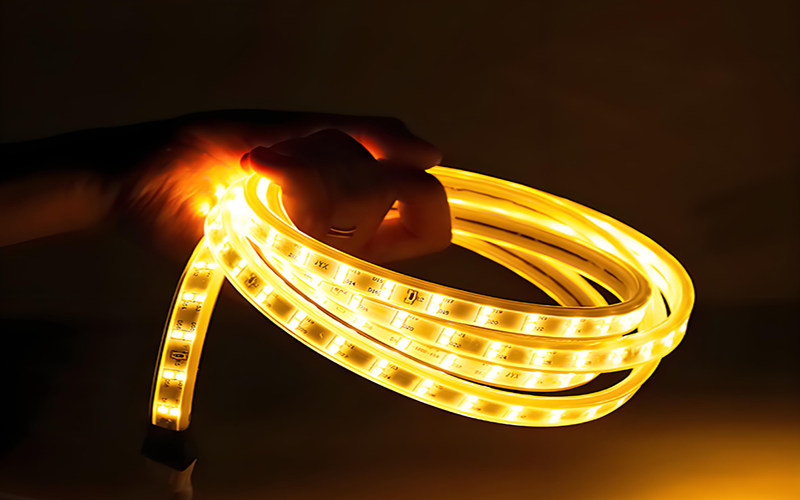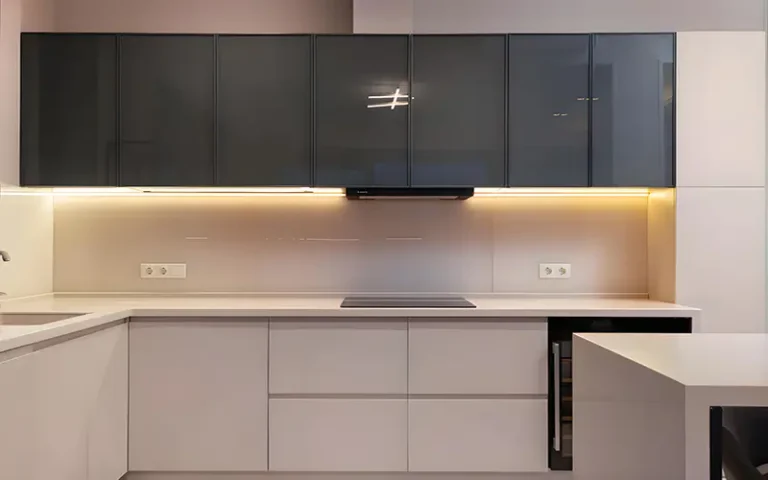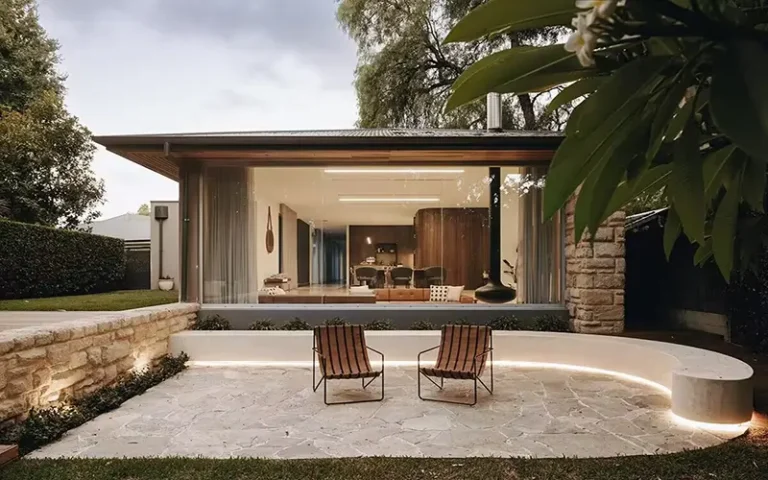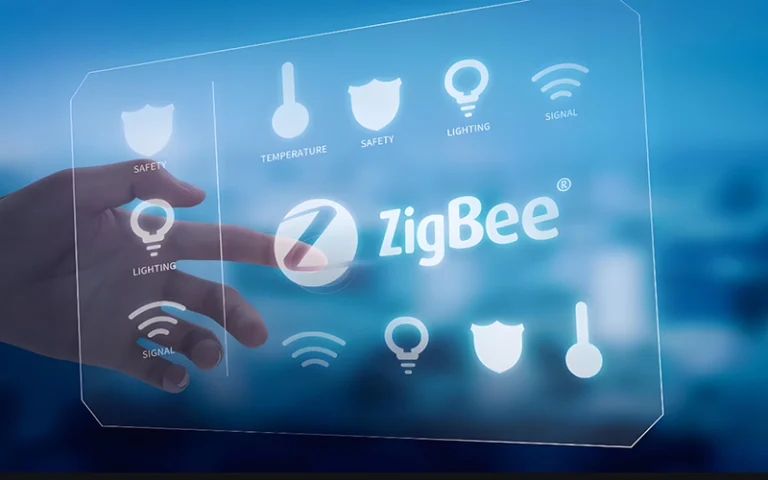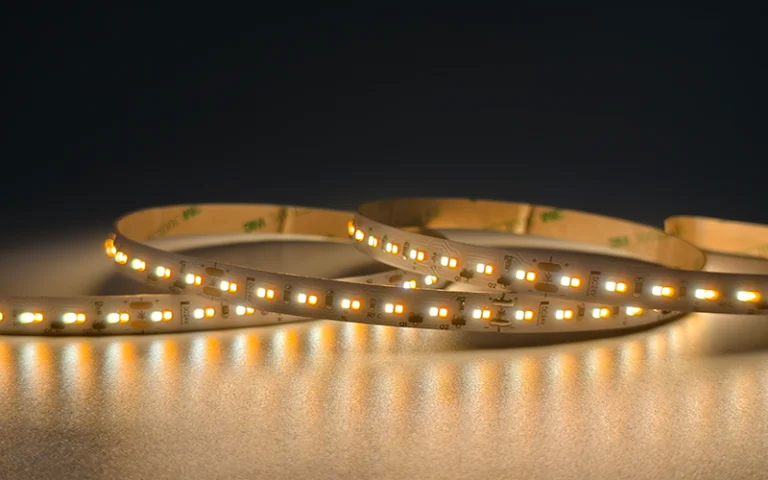What is The Brightest LED Strip?
When choosing an LED tape, one of the key factors we need to consider is its brightness. Because there are so many styles of LED light strips on the market, how can I find the right product? Of course, the first thing we can consider is brightness, and the brightest of the LED light strip needs to be determined according to your application and installation area.
In this guide, we will take a deep dive into the factors that affect the brightest of LED strip, how to choose the right light strip for your needs, and tips for maximizing brightness in your setup.
How to Understand LED Strip Brightest: How is it Measured?
The brightness of LED strips is measured in lumens (lm), which represents the total amount of light the strip puts out. The higher the lumen output, the brighter the strip will appear. However, to calculate the brightness of an LED strip, you need to know its lumens and wattage.
1. Lumens per Meter
For LED strips, brightness is usually measured in lumens per meter (lm/m). This represents the amount of light the strip puts out over a one-meter length. The more lumens per meter, the brighter the strip is.
2. LED Chip Type
The type of LED chip used on a light strip affects its light efficiency. For example, a chip like the SMD5050 brightest LED strip produces high lumens. Chips like the SMD2835 are more efficient than older models like the SMD3528. This means they can provide the same or higher brightness at a lower power consumption.
3. Power Consumption
Power consumption is usually measured in watts (W) and is also an indicator of brightness. Strips that use more power generally produce more light, although the efficiency of the chip also plays a role.
4. Color Temperature
Color temperature is measured in Kelvin (K) and affects perceived brightness. A 3000K warm white light may not look as bright as a 6000K cool white light. Even if both light strips have the same lumen output. This is because the human eye perceives light wavelengths differently.
What Factors Affect the Brightest of LED Strips?
There are many factors that affect the brightness of an LED strip. For example, the quality and density of the LED beads themselves.
1. LED Chip Quality
The quality of the LED chip itself plays an important role in determining brightness. High-quality chips, such as SMD2835, provide higher lumen output per watt of power consumption. Now 2835 chips are more popular.
2. LED Density
LED strips have different densities, which refers to the number of LEDs placed per meter. A high-density strip (such as a strip with 240 LEDs per meter) will be brighter than a strip with 60 LEDs per meter because more chips are shining in the same area.
3. PCB Quality
The printed circuit board (PCB) of an LED strip also affects brightness. This is because a high-quality PCB ensures better heat dissipation and minimizes power loss, allowing the LEDs to operate at maximum brightness.
4. Power Supply
An insufficient power supply can result in dimming, flickering, or inconsistent brightness. A high-quality power supply will provide a steady current to allow the strip to perform at its best. The power supply needs to match the power requirements of the LED strip to ensure it runs at full capacity.
5. Voltage and Current
LED strips usually have two main voltage options: 12V and 24V. Voltage affects the brightness of the strip. We can compare 24V and 12V LED strips. 24V strips usually provide more consistent brightness over longer distances.
Is there a Difference in Brightness Between 12V and 24V LED Strips?
We all know that voltage does affect the brightness of an LED strip. The most common ones are 12V and 24V. Now let’s take a closer look at the differences in brightness between 12V and 24V LED strips. When you choose the voltage of LED strip, pls read 12V or 24V LED Strip, Which is Better?
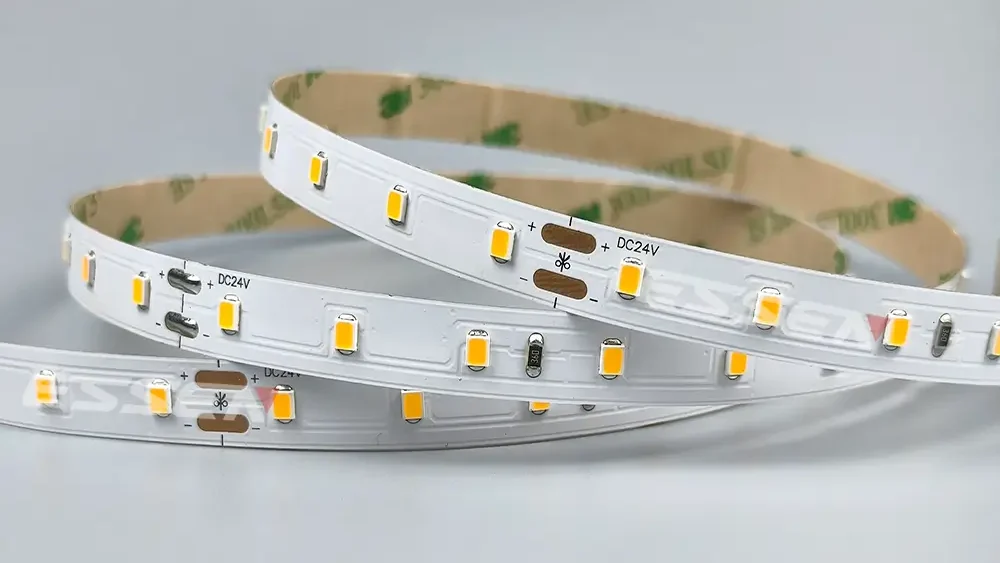
1. Brightness Decreases Over Long Distances
12V LED strips tend to lose brightness over long distances due to voltage drop. The farther the current flows, the more power is lost, which can cause the ends of the strip to dim.
In contrast, 24V strips are more efficient at maintaining brightness over long runs, making them ideal for larger installations.
2. Power Consumption
24V LED strips are generally more efficient, providing the same or higher brightness while consuming less power than 12V strips. This makes them a better choice for energy-conscious consumers.
3. Flexibility and Applications
24V strips are generally better suited for larger areas that require consistent, high brightness. 12V strips are typically used for smaller, shorter applications. 24V strips have a higher voltage and can handle higher power loads, resulting in better performance when used in large lighting projects.
How to Increase the Brightest of LED Strip?
If you already have an LED strip installed but it’s not achieving the brightness you need, you want to make it the brightest LED strip you can get. Here are a few ways to improve performance:
1. Use a Higher Wattage Power Supply
Ensure the power supply is rated high enough to support the full wattage of your LED strips. Underpowered supplies can cause dimming or flickering, so upgrading to a higher wattage supply may help achieve consistent brightness.
2. Increase LED Density
If you are using a low-density strip, say 60 lights per meter. Then you may want to consider switching to a higher-density option to increase brightness. Adding more strips in parallel can also increase overall lighting levels.
3. Ensure Proper Heat Dissipation
Heat can degrade the performance of LED strips. So ELD strips must pay attention to heat dissipation. Especially for high-brightness LED strips. You may consider using a heat sink to help manage temperature and maintain brightness.
4. Use Reflective Surfaces
Mounting LED strips on a reflective surface, such as a white wall or ceiling, can help increase perceived brightness by bouncing light back into the room.
Choose Our High-Efficiency Brightest LED Light Strips
At ESSENLED, we offer high-quality, ultra-efficient brightest LED strip designed to provide maximum brightness while minimizing energy consumption. Our SMD2835 LED strips are known for their superior luminous efficiency of up to 220 LM/W and power ratings exceeding 20 W, making them ideal for a wide range of applications.

